The ewer features an ovoid body, adorned at the shoulder and upper rim with friezes of water leaves. It has an ebony handle, the upper attachment finely engraved with ironwork motifs on a matte background, while the lower attachment takes the form of a mascaron depicting a woman's head crowned with flowers and embellished with pearls in a radiating ruff. The piece rests on a moulded pedestal base, decorated with a delicate frieze of heart-shaped motifs.
Hallmarks
• Vieillard first standard (hallmark for solid silver 950/1000, used in Paris between 1819 and 1838).
• Grosse garantie Paris.
• Maker's mark: FAB with a pestle, for F.A. BOULANGER.
Net weight: 311 grams.
Unpolished, in excellent original condition.
The mascaron on the attachment represents the head of a young woman crowned with flowers, likely an allusion to the goddess Flora. BOULANGER’s work, following in the tradition of his father, frequently draws inspiration from the Antique, making this choice of figure deliberate.
In Ancient Rome, the floral crown symbolised renewal, closely associated with spring and the goddess Flora, whose iconography was well known in the 18th century—for instance, in René Frémin’s Flora for Marly.[1] Worn by Roman women and offered to the gods, the floral wreath later became a Western symbol of love, notably through the five-petalled rose seen here, representing the five senses—an emblem of both sensual love and divine love. Over time, this floral adornment became a customary headpiece for brides.
By also adorning his goddess with a pearl necklace—an emblem of luxury but also of purity and chastity in the modern era—the silversmith invokes a rich symbolism, suggesting that this ewer, possibly part of a larger ensemble, was intended as a wedding gift.
[1] Musée du Louvre, Paris – Flora, René Frémin, marble, 1706-1709. Inv. RF 265.
F.A. BOULANGER
F.A. BOULANGER succeeded the silversmith Jean-Nicolas BOULANGER (1783-1819), registering his maker’s mark in 1819.
The Louvre holds a dish by BOULANGER[1], while the Palais Fesch in Ajaccio houses two episcopal candlesticks and a gilt-silver glove tray. The Metropolitan Museum of Art in New York has six liqueur cups[2].
Notable works by F.A. BOULANGER include a gilt-silver hot water fountain, after a design by Percier and Fontaine, bearing the arms of Louise-Marie-Thérèse d'Artois, known as Mademoiselle d’Artois, future Duchess of Parma (1819-1864), the first child of the Duke and Duchess of Berry[3].
[1] Musée du Louvre, Paris – Dish, Jean-Nicolas BOULANGER, silver, Paris 1786-1787. Inv. OA 9856.
[2] Metropolitan Museum of Art, New York – Set of six liqueur cups, Jean-Nicolas BOULANGER, silver, Paris 1789-1790. Inv. 48.187.287–.292.
[3] Sotheby’s Paris, 16 May 2023, Jacques Garcia, Intemporel, lot 28: Gilt-silver hot water fountain by F.A. BOULANGER, Paris, 1819-1830, after a design by Percier and Fontaine. Est. €8,000-10,000.
BIBLIOGRAPHY











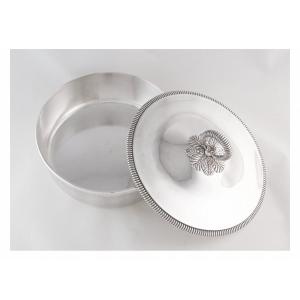

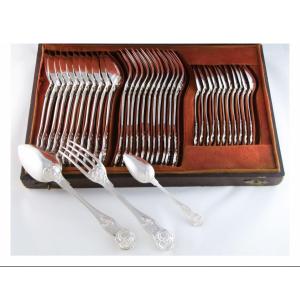

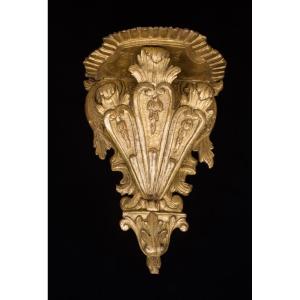

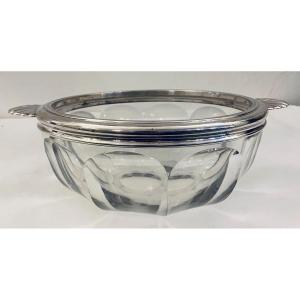

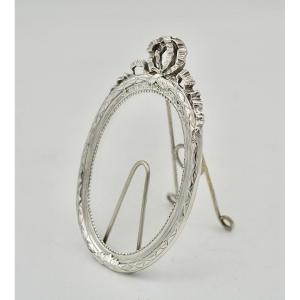







 Le Magazine de PROANTIC
Le Magazine de PROANTIC TRÉSORS Magazine
TRÉSORS Magazine Rivista Artiquariato
Rivista Artiquariato
